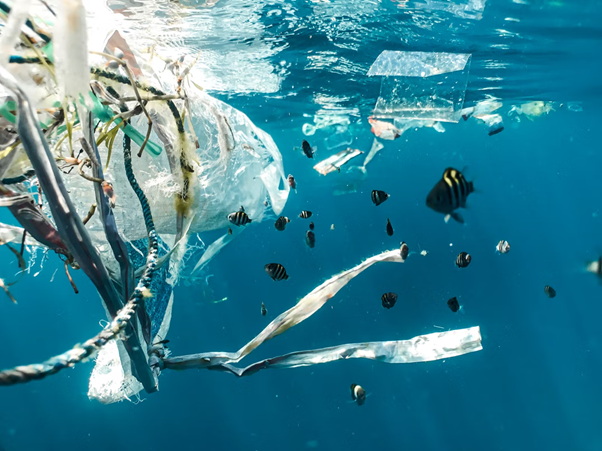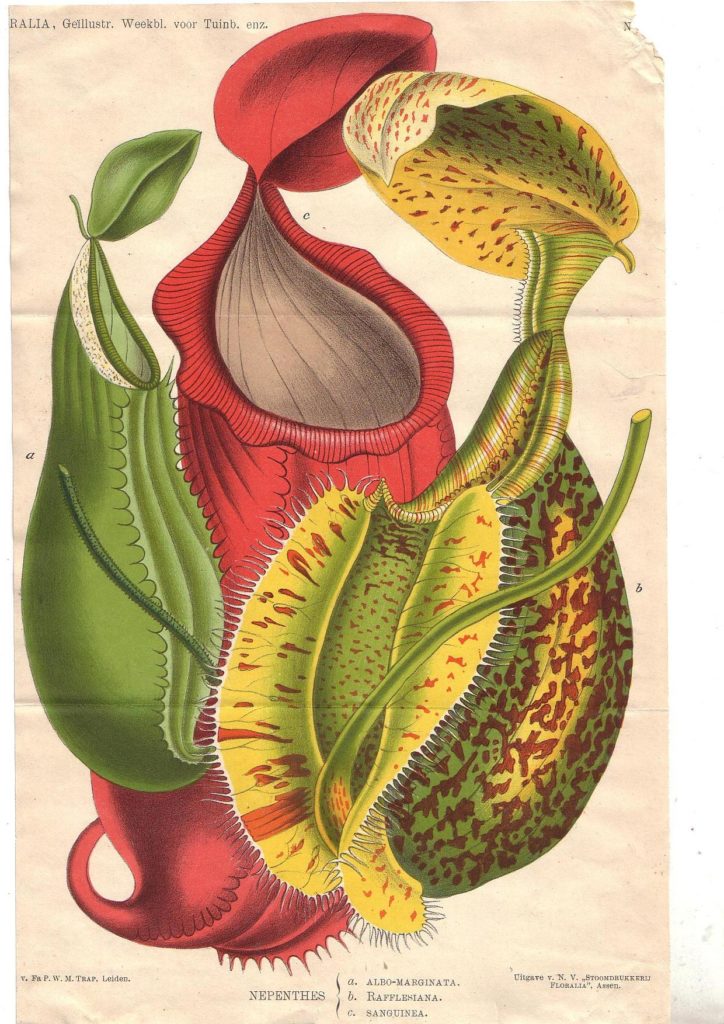Since their first synthesis in the 1950s, plastics are produced at a steadily increasing rate each year, with the vast majority of plastic being used for single-use, packaging purposes. Current mechanical recycling of plastic wastes downgrades the usefulness of plastic products, whilst chemical treatments often release harmful toxic products. The remaining plastic waste is either buried in landfill, where it may take centuries to degrade or enter the natural environment where it wreaks havoc at every level of ecosystems. In fact, if current plastic production and waste management practises continue, we will have dumped ~12,000 million tonnes of plastic waste into landfill and the environment by 20501. As well as curtailing our consumption of single-use plastics, we need to develop new ways to degrade plastic waste back into its original monomers for future use, reducing accumulation in the environment and limiting the production of plastic monomers from fossil fuel sources. In this white paper, we summarise the recent findings of insect larvae capable of ingesting and degrading plastics and we discuss how these discoveries could be applied for new, greener solutions to our plastic waste problem.

